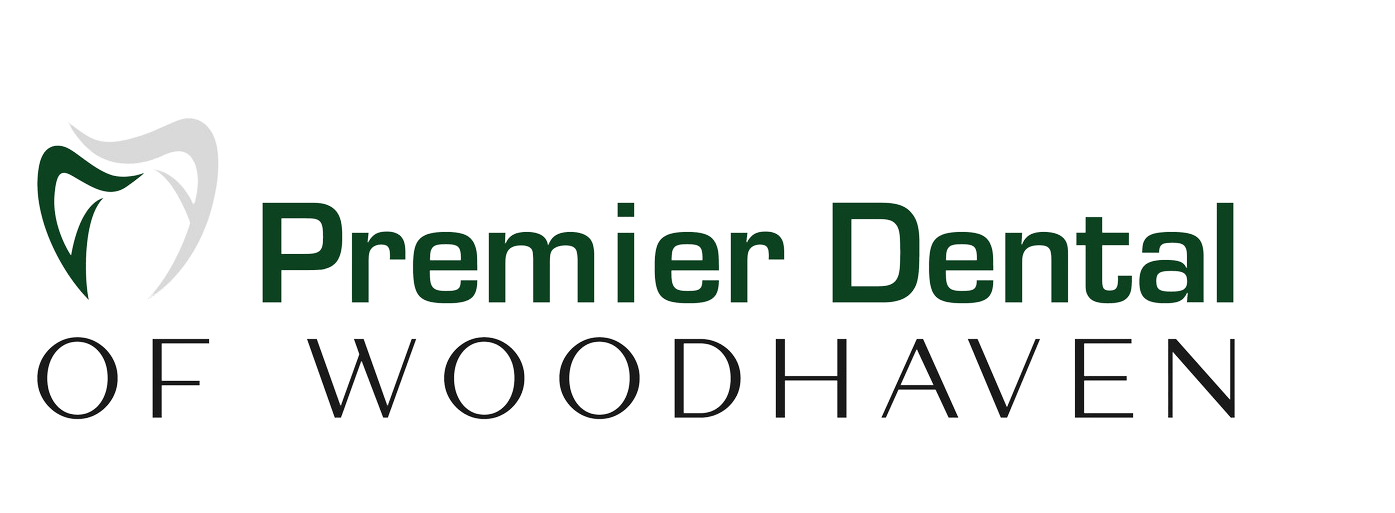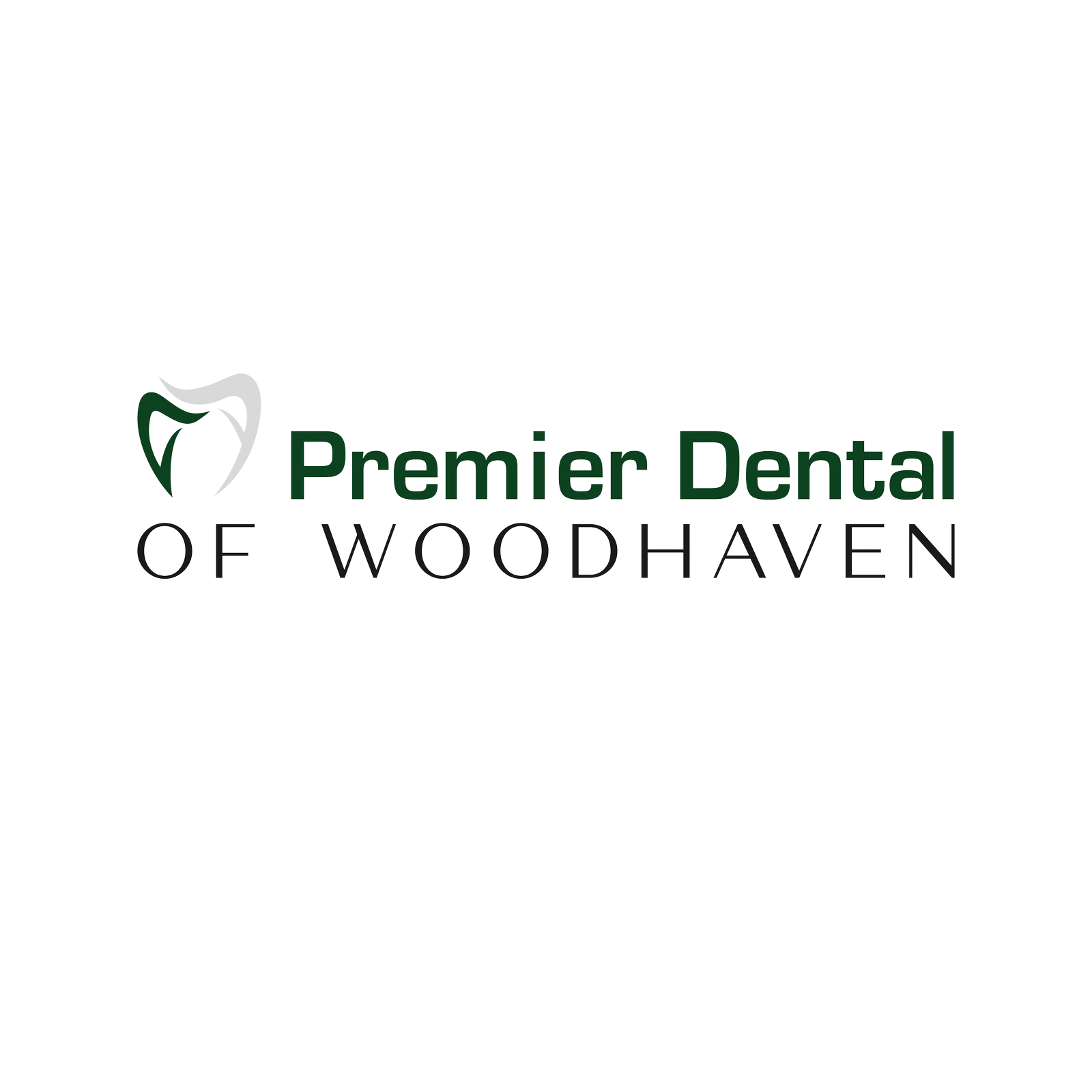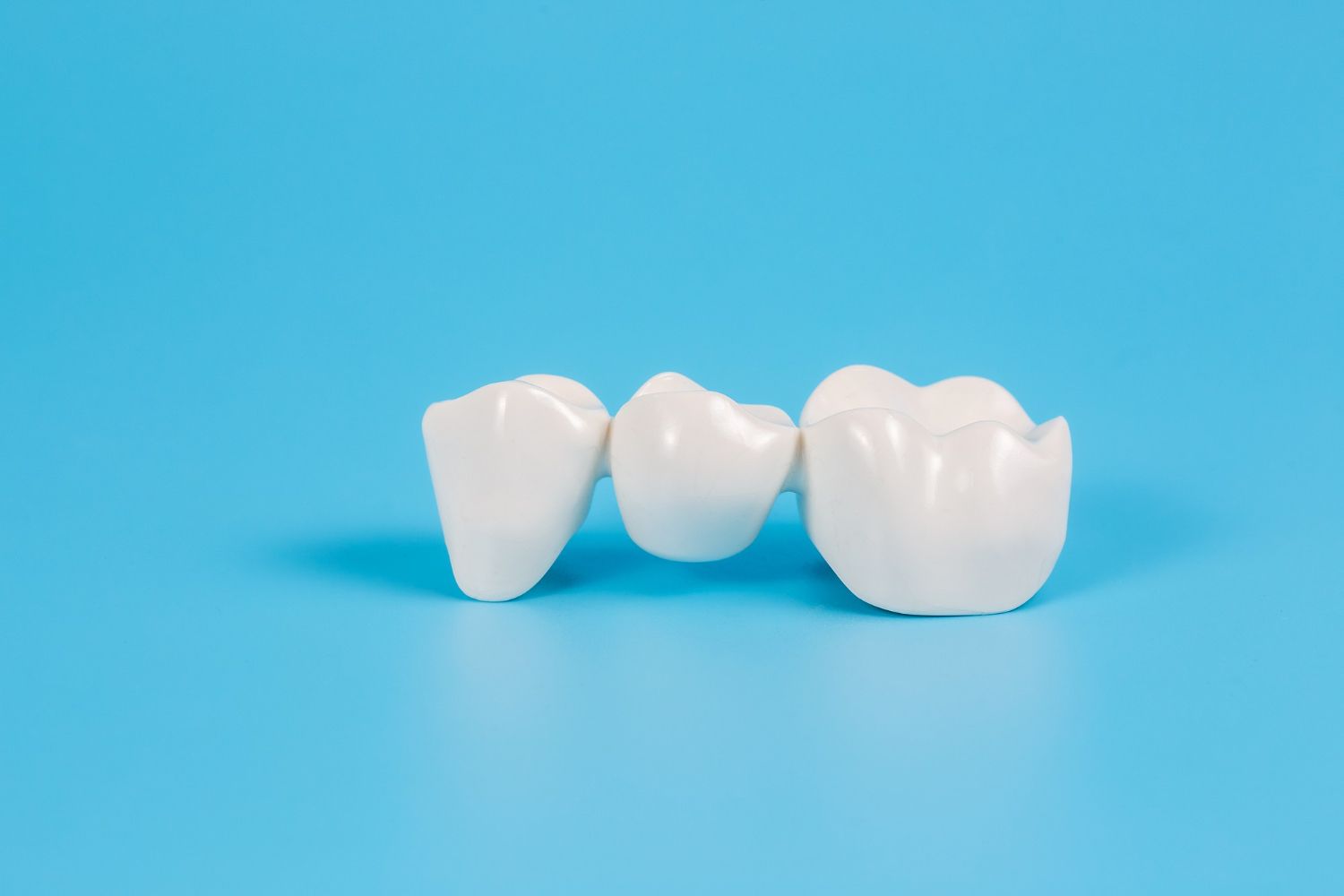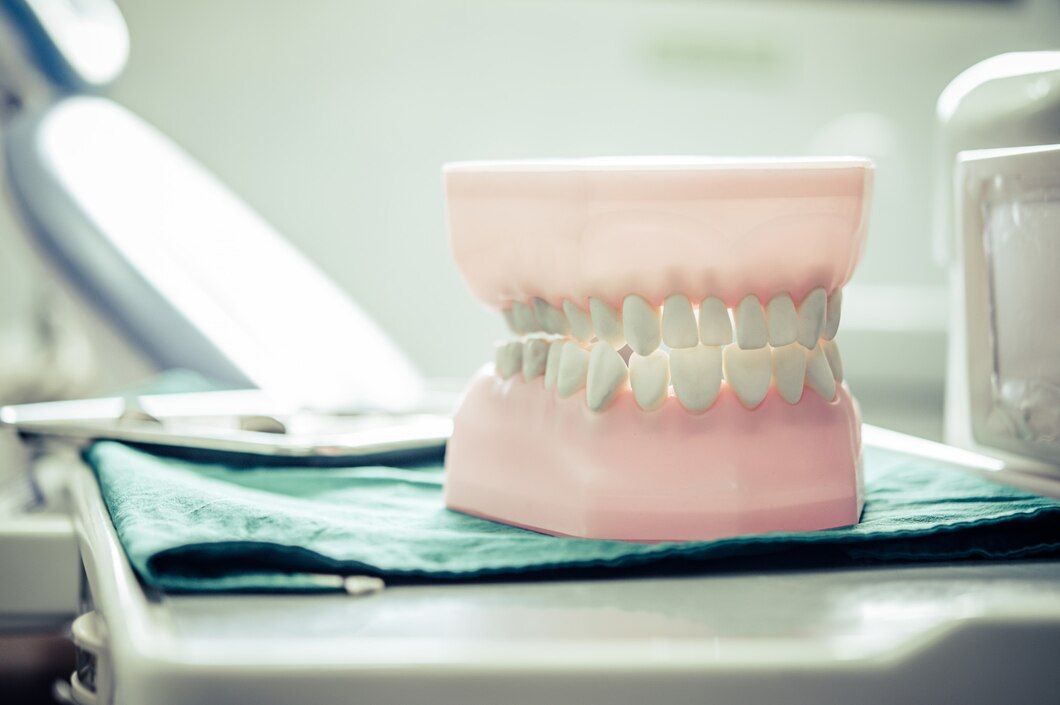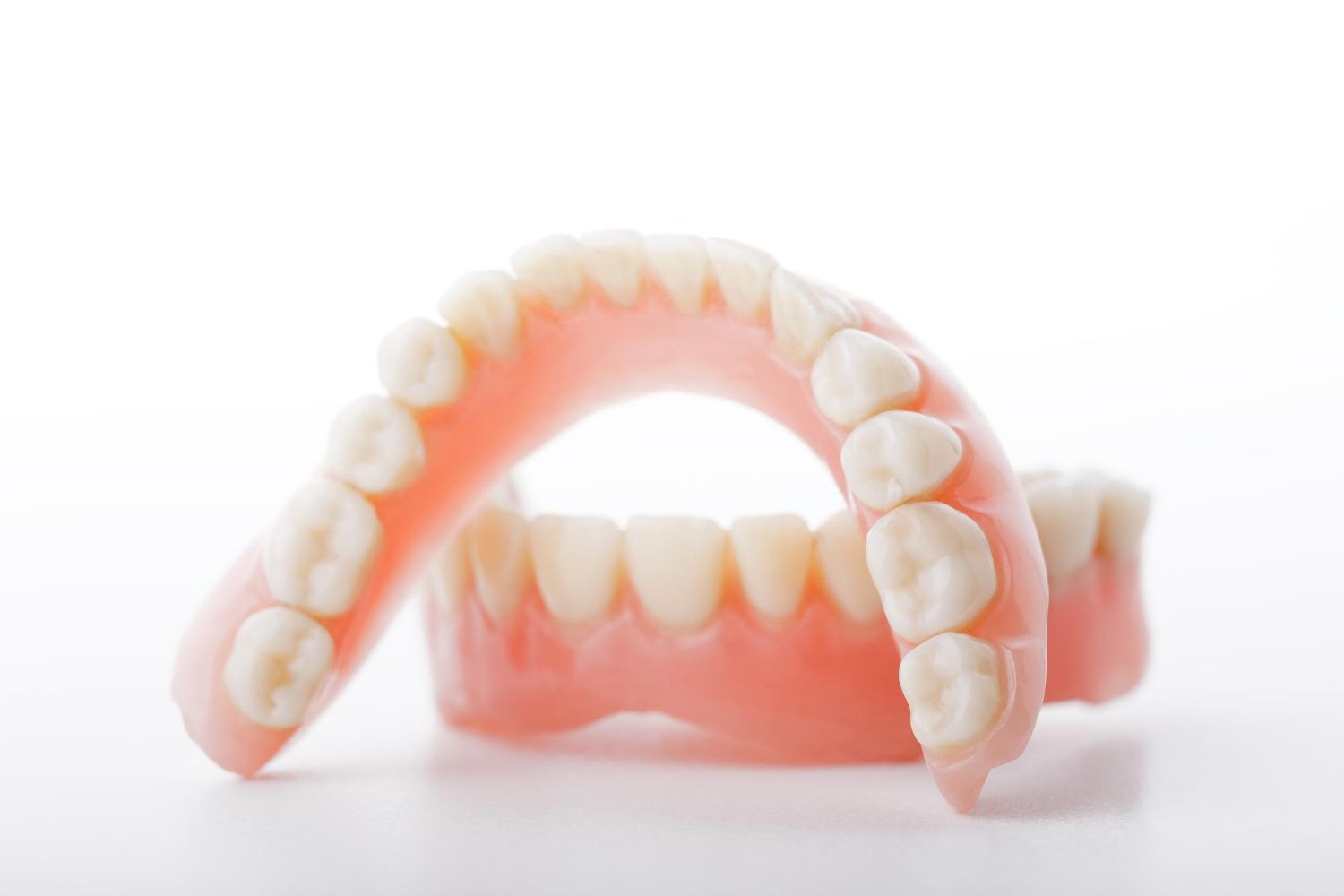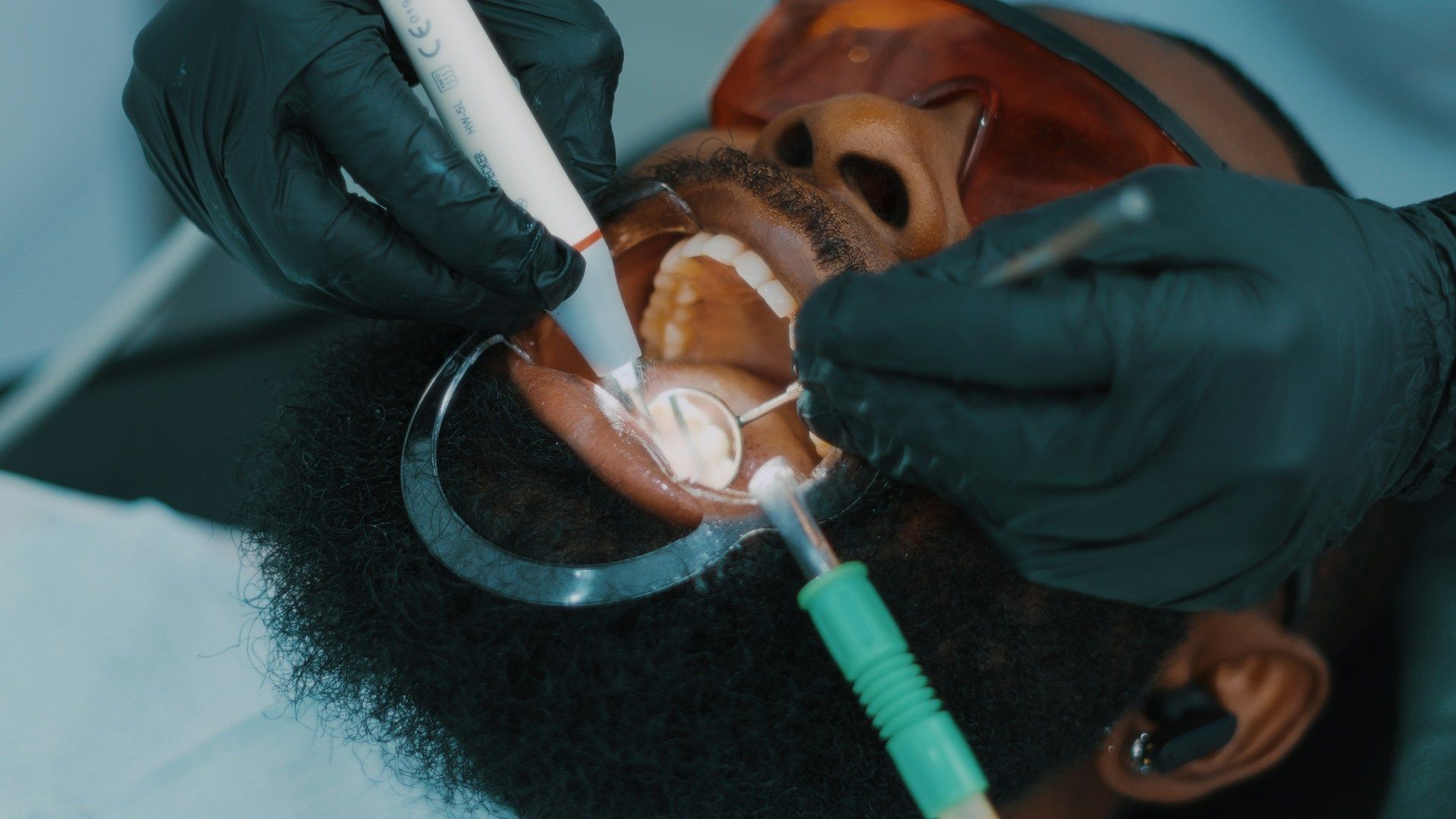Unlocking Your Brightest Smile: Best Practices for Dental Hygiene
Imagine standing in front of a mirror, catching a glimpse of your reflection as you flash a confident smile. In that moment, a healthy set of teeth feels like a personal trademark—signifying confidence, self-care, and a proactive approach to overall health. Yet keeping that confident smile requires consistent attention and the right know-how. Fortunately, developing great oral habits is simpler than one might think. By understanding
best practices for dental hygiene and learning how to keep your teeth healthy, it’s possible to protect one of your most valuable assets: your smile.
The Foundations of Good Oral Care
Solid dental hygiene begins with embracing a few straightforward habits. Everyone has heard about brushing and flossing, but these routines matter far more than many realize. According to numerous dental health organizations, proper brushing should happen at least twice a day, ideally once in the morning and once before bedtime. That way, it helps remove food particles, plaque, and bacteria that gather throughout the day. When brushing is done the right way—using a gentle back-and-forth or circular motion to reach every surface—teeth benefit from a thorough cleaning.
Selecting the Right Tools
Not all toothbrushes and toothpastes are created equal. An appropriate choice for a toothbrush often features soft bristles to avoid irritating gums. Meanwhile, toothpaste that contains fluoride offers an extra layer of defense against cavities, working to strengthen tooth enamel. While there are many brands available, the key is to look for professional recommendations on the label—especially by organizations such as the American Dental Association (ADA).
The Role of Flossing
Brushing alone cannot always reach every tiny space between teeth. That’s where flossing comes in. As part of how to keep your teeth healthy, flossing at least once a day aids in clearing out plaque and debris that hide between teeth and at the gum line. When plaque stays in those tight spaces, it can eventually turn into tartar or contribute to gum disease. With a little practice and consistency, flossing becomes an easy and worthwhile habit.
Building a Consistent Routine
Routines are not just about timing; they are also about technique. Think of each tooth as a part of a valuable collection—each one deserves individual attention. Brushing for around two minutes can help ensure an even and thorough cleaning. A helpful trick: divide the mouth into four sections (upper right, upper left, lower right, lower left), and spend about 30 seconds on each.
Balancing Your Diet
A healthy mouth also depends on good nutrition. Sugary snacks and acidic drinks can weaken tooth enamel, making teeth more vulnerable to decay. While occasional sweet treats are understandable, moderating their intake and rinsing the mouth with water afterward can help reduce their harmful effects. In addition, a diet rich in nutrients—like calcium, vitamin D, and phosphorous—supports strong teeth and gums. Foods such as dairy products, leafy greens, nuts, and lean proteins contribute to the overall wellness of your mouth and body.
Monitoring Your Habits
Biting nails, chewing on pens, or grinding teeth are small actions that can become big problems. These habits wear down your tooth enamel over time and may cause small fractures or chips. Being mindful and catching these behaviors early often prevents long-term damage. If necessary, mouth guards or other preventive aids can be used, particularly for teeth grinding at night.
Understanding Professional Support
Professional dental care is an essential part of how to keep your teeth healthy. Even with near-perfect brushing and flossing habits, plaque can still sneak into tight corners of the mouth, eventually forming tartar. Regular cleanings from a dental professional help remove stubborn buildup and prevent potential complications.
Identifying Issues Early
A trained eye can spot early signs of gum disease, cavities, or enamel erosion—sometimes long before they cause noticeable discomfort. Early detection leads to quicker, simpler treatments, often saving time, money, and discomfort in the long run. Moreover, X-rays and other dental technologies allow professionals to look deeper than what is visible to the naked eye.
Tailoring a Personal Plan
Everyone’s teeth and gums have their own quirks. A professional can create a personalized plan based on unique needs and concerns. This might include customized recommendations for at-home care, suggestions on dental products, or advice on dietary changes. Such targeted support enhances your ability to keep up with the best practices for dental hygiene.
The Benefits of Regular Dental Check-Ins
A healthy smile is about more than just daily brushing and flossing. Regular check-ins are key to staying on track and handling small problems before they become big ones. Many experts, such as the American Dental Association, suggest visiting a dentist at least twice a year. Here’s why:
- Preventive Measures: Professional cleanings clear away stubborn plaque and tartar that ordinary brushing can’t handle.
- Early Diagnosis: Periodic visits allow dentists to detect early signs of decay, gum disease, or even oral cancer—leading to timely treatments that can be more comfortable and cost-effective.
- Tailored Advice: Not everyone faces the same issues. A dentist can tailor preventive tips, dietary guidance, or specialized treatment for problems like sensitive teeth or receding gums.
- Peace of Mind: Regular check-ins deliver a sense of reassurance. Knowing that everything is on track can boost confidence and reduce stress about future oral health concerns.
Combined with the best practices for dental hygiene at home, these check-ins are a powerful tool for sustaining a bright, healthy smile over a lifetime.
Conclusion
In the journey toward a truly radiant smile, consistency and knowledge go hand in hand. Focusing on gentle but thorough brushing, regular flossing, a balanced diet, and mindful habits sets the stage for long-lasting oral health. Staying proactive by scheduling check-ups and cleanings ensures that any potential concerns are caught and addressed before they escalate. Ultimately, following these best practices for dental hygiene—paired with professional guidance—empowers individuals to keep smiles bright and strong for many years to come.
For those ready to take the next step in caring for their teeth, Premier Dental of Woodhaven offers friendly, professional services to support your oral health goals. Located at 80-32 Jamaica Ave, Woodhaven, NY, Premier Dental of Woodhaven is led by Dr. Ladino and a dedicated team that believes every smile deserves personalized attention and care. Schedule an appointment today by calling 347-474-4566. A healthier, more confident smile can be just one phone call away.



Contact Info
Phone: (347) 474-4566
Business Hours
- Monday
- -
- Tue, Thu
- -
- Wed, Fri
- Closed
- Saturday
- -
- Sunday
- Closed
All Rights Reserved | Dentist Websites by Energize Group


